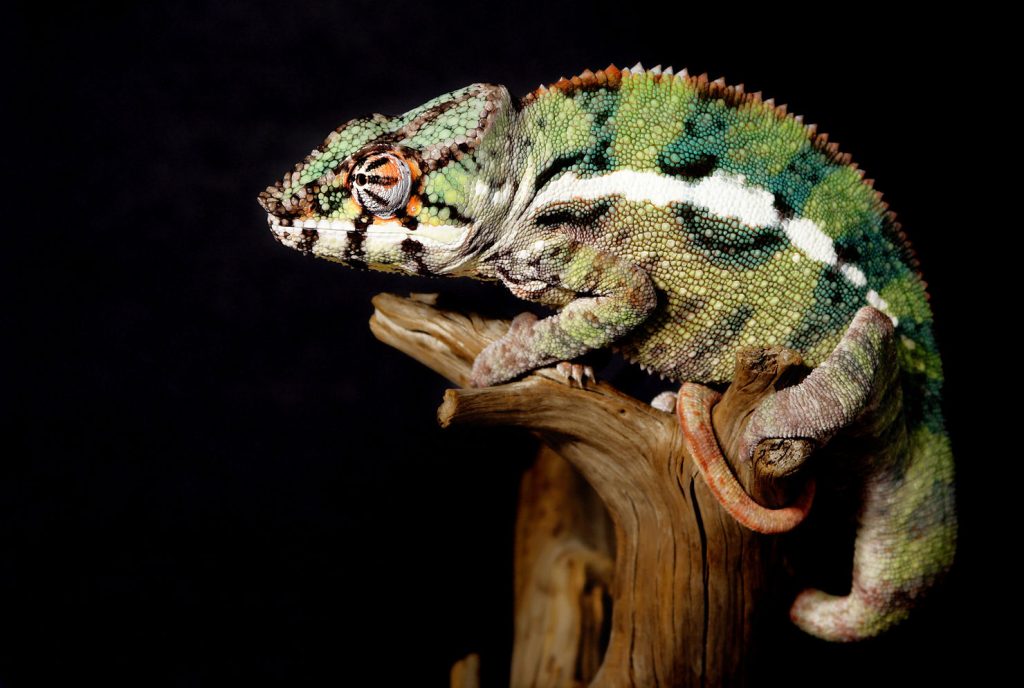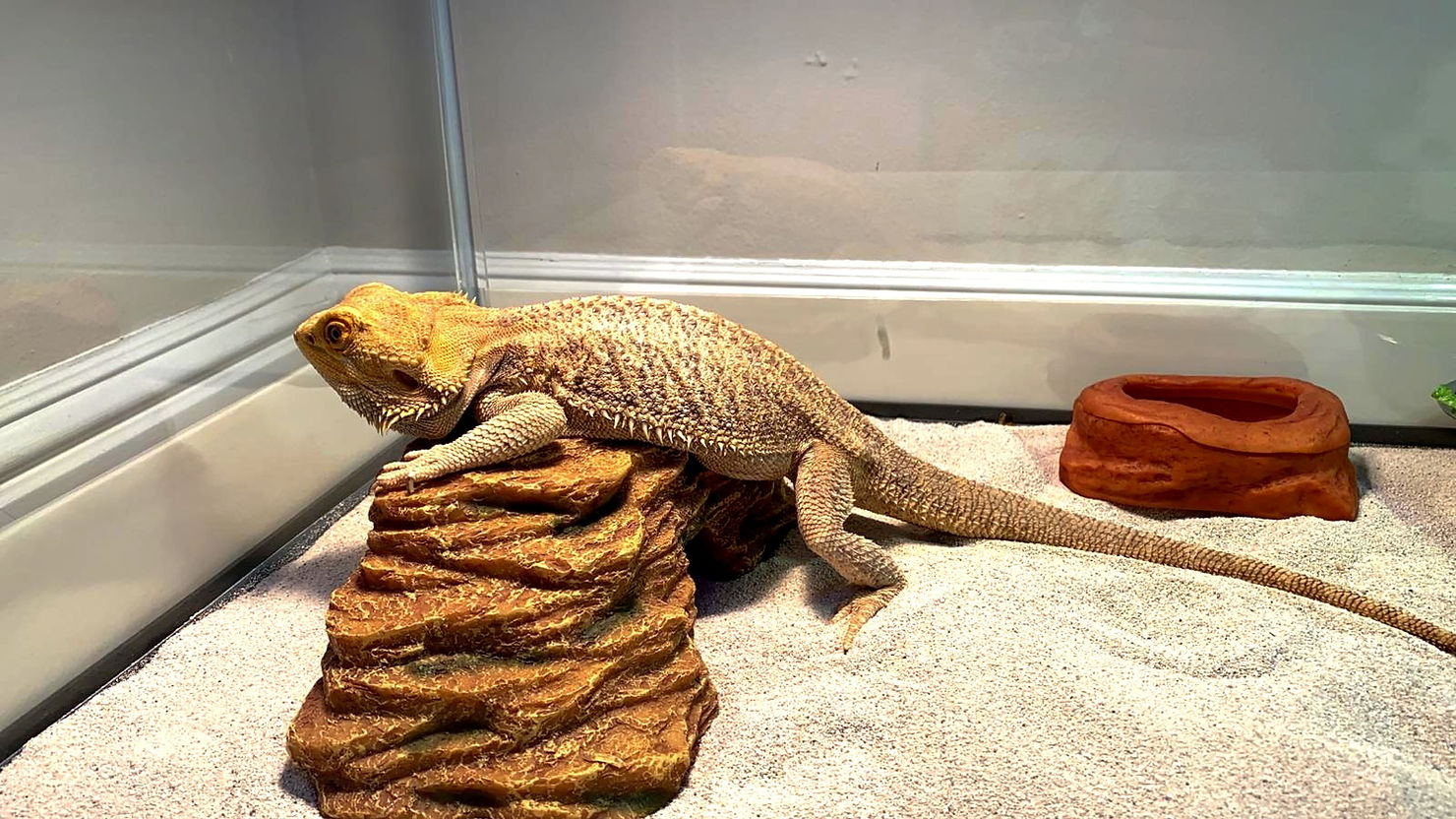A Detailed Guide for Lizard Enthusiasts Navigating Daily Care and Global Moves
Discover how to care for pet lizards like bearded dragons, tegus, and iguanas, and how to manage lizard export/import USA regulations for international travel.
Introduction: Life with Scales—and a Passport
Lizards aren’t your typical household companions, but for reptile lovers, they’re intelligent, beautiful, and endlessly fascinating. Whether you keep a laid-back bearded dragon, a massive Tegu, or a colorful chameleon, owning a pet lizard is a long-term commitment—and relocating one across borders adds a whole new layer of complexity.
This comprehensive guide walks you through daily care for popular pet lizards and provides step-by-step instructions for lizard transport, lizard export/import USA procedures, and safe international lizard relocation.
1. Popular Pet Lizards and Their Traits
| Species | Lifespan | Temperament | Size |
| Bearded Dragon | 8–12 yrs | Friendly, docile | 18–24 in |
| Leopard Gecko | 10–20 yrs | Calm, nocturnal | 6–9 in |
| Tegu (Argentine) | 15–20 yrs | Smart, affectionate | 3–4.5 ft |
| Green Iguana | 10–15 yrs | Territorial, plant-eater | 4–6 ft |
| Chameleons (Veiled, Panther) | 5–8 yrs | Solitary, visual | 12–24 in |
| Savannah Monitor | 10–15 yrs | Powerful, inquisitive | 3–5 ft |
Each has unique needs regarding habitat, temperature, humidity, and socialization.
2. Housing and Environmental Requirements
General Needs:
- Secure enclosure with locking doors
- Substrate that supports digging, cleanliness, and humidity
- Temperature gradient: cool side (75–85°F), basking area (95–110°F)
- UVB lighting for 10–12 hours per day
- Humidity control: 30–80% depending on species
Species-Specific Highlights:
- Bearded Dragons: Large floor space, basking bulbs, low humidity
- Leopard Geckos: Heat mat preferred, no UVB required, hides needed
- Tegus: Room-sized enclosures or outdoor pens, need to burrow
- Iguanas: Tall vertical space for climbing, high humidity
- Chameleons: Mesh cages, live plants, daily misting
- Savannah Monitors: Deep substrate (12″+), heavy-duty hides and branches
3. Diet and Feeding Routines
| Species | Diet Type | Staple Foods |
| Bearded Dragon | Omnivore | Greens, crickets, roaches |
| Leopard Gecko | Insectivore | Mealworms, dubia roaches |
| Tegu | Omnivore | Eggs, turkey, fruit, rodents |
| Green Iguana | Herbivore | Collards, dandelion, squash |
| Chameleon | Insectivore | Gut-loaded crickets, silkworms |
| Savannah Monitor | Carnivore | Mice, quail eggs, insects |
Supplements like calcium with D3 and multivitamins are essential. Offer fresh water and mist or soak when appropriate.
4. Socialization and Behavior
Most lizards are solitary and do not require (or tolerate) cohabitation.
- Tegus and Bearded Dragons are among the few species that may bond with humans and enjoy handling.
- Chameleons and Monitors stress easily and should be handled minimally.
- Iguanas can be territorial and require experienced care.
Handling should be gentle, with plenty of enclosure enrichment to reduce boredom.

5. Veterinary Care and Common Illnesses
Find a reptile-specialized exotics vet. Key issues include:
- Metabolic Bone Disease (MBD): From poor lighting/diet
- Respiratory infections: From low temperatures/humidity
- Parasites: Common in wild-caught or improperly sourced lizards
- Mouth rot, shedding issues, impaction
Routine care includes:
- Annual checkups
- Fecal exams for parasites
- Nail/claw trimming (esp. in large lizards)
6. Legal and Permit Considerations
Many lizards—especially Tegus and Iguanas—are regulated species. Research:
- USDA APHIS rules for lizard export USA
- CITES listing (e.g., most chameleons require permits)
- Destination country’s import laws and restrictions
- Wild-caught vs. captive-bred: always use legal sources
Some countries ban large lizards or require quarantine. Plan at least 3–6 months in advance.
7. Preparing for International Relocation
IATA-Compliant Crate:
- Non-transparent walls (reduce stress)
- Secure, chew-resistant (plastic or wood + metal mesh)
- Well-ventilated (3+ sides)
- Temperature insulation: foam paneling, heat pads if necessary
- Absorbent substrate (paper, cypress mulch—no cedar)
- Water source (damp sponge or gel pack if needed)
Crate Size:
- Lizard should stretch out fully and turn comfortably
- No overcrowding or co-travel with other animals
8. Pre-Flight Checklist and Timeline
| Months Before | Tasks |
| 6+ months | Confirm destination rules; check CITES status |
| 3 months | Apply for CITES/export permits; book with airline |
| 1 month | Health certificate by USDA-accredited vet |
| 1–2 weeks | Crate familiarization; begin night-before fasting (species dependent) |
| Day of Travel | Secure crate, attach paperwork, avoid sedatives |
Don’t:
- Use glass tanks
- Feed large meals before transit
- Rely on ice packs in hot weather (use passive cooling options instead)
9. Post-Arrival Considerations
- Provide fresh water immediately
- Reheat basking area before reintroducing
- Allow 48 hours to adjust before handling
- Monitor for signs of stress: hiding, lack of appetite, tail drop
10. How Transcon Pet Movers Helps You Move Your Lizard Safely
We’re not just pet shippers—we understand reptile biology, airline restrictions, and international law. Our lizard transport and reptile export USA service includes:
- USDA and CITES paperwork management
- Custom crate design with proper heat/humidity planning
- Species-specific routing to avoid heat or cold exposure
- Expert handling teams for airport transitions
- Live updates and import agent coordination at destination
Whether you’re relocating a friendly beardie or a 30-pound Tegu, we handle every scale with care.
Conclusion: Care and Planning Make All the Difference
Lizards may be cold-blooded, but your relationship with them can be warm and deeply rewarding. When it’s time to move across the country—or the world—your planning and partner choice make all the difference.
Keywords included:lizard relocation • reptile transport • lizard export USA • lizard import USA • international lizard shipping • CITES reptile permit
Let’s get moving. Contact us for your next international lizard relocation—and give your pet the smooth, species-specific service they deserve.

